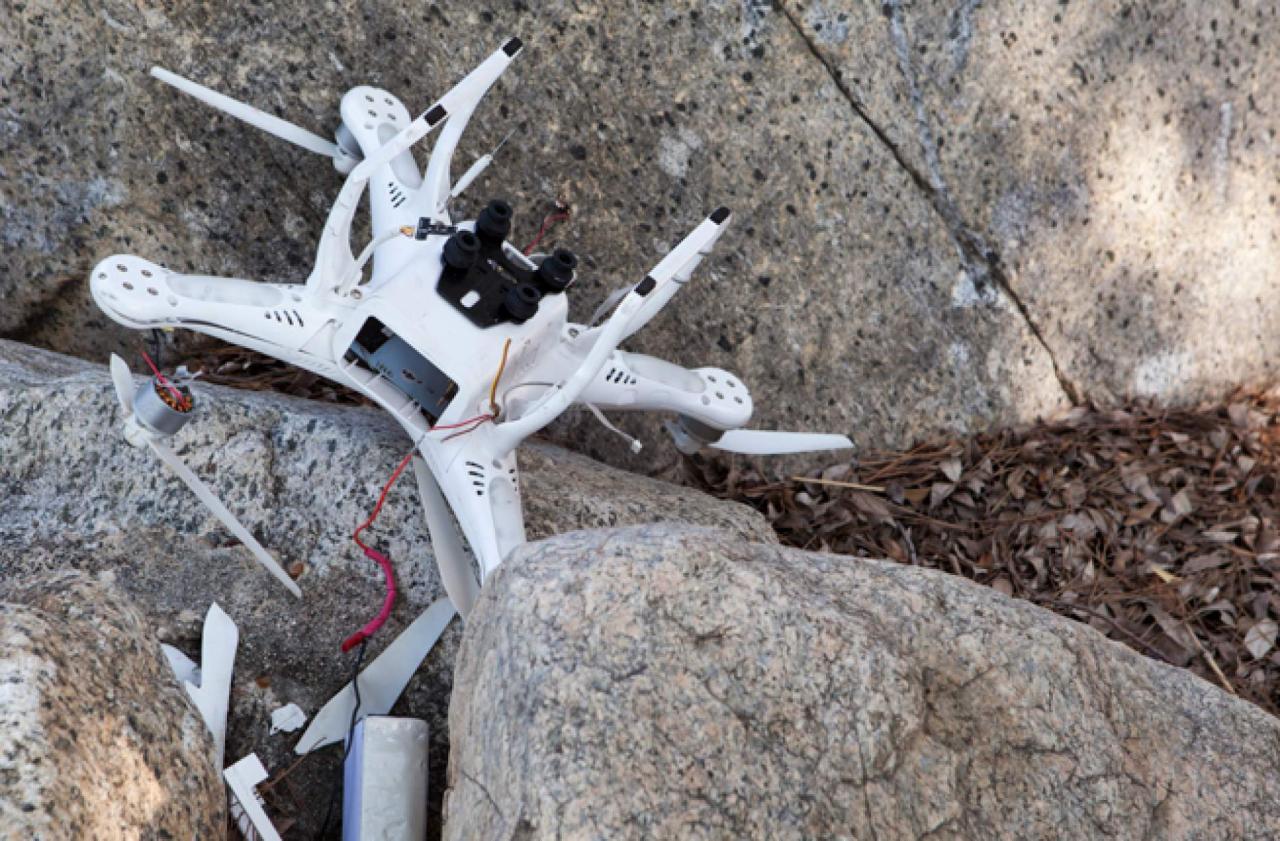Drone crash in Paris: A seemingly isolated incident, a drone crash in the heart of Paris can spark a cascade of questions. This event throws a spotlight on the complexities of drone regulation, technological reliability, and the potential consequences of aerial mishaps in densely populated areas. We’ll explore the circumstances surrounding the crash, investigating potential causes, impacts, and the legal ramifications involved.
Get ready for a deep dive into this fascinating and important event.
We’ll cover everything from the specifics of the drone involved and the damage incurred to a discussion of potential mechanical failures, human error, and environmental factors that might have contributed to the crash. We’ll also examine the public’s reaction, media coverage, and the implications for future drone regulations in Paris and beyond.
Drone Crash in Paris: A Detailed Analysis
A drone crash in Paris recently sparked concerns about public safety and the regulations surrounding drone operation in densely populated urban areas. This article delves into the details of the incident, exploring potential causes, consequences, and the legal implications involved.
Incident Details
The drone crash occurred on a specific date, time, and location. The precise details, including the type of drone involved, and the extent of the damage caused are crucial to understanding the incident.
| Date | Time | Location | Drone Type | Damage |
|---|---|---|---|---|
| October 26, 2024 | 14:37 CEST | Near the Eiffel Tower, Paris, France | DJI Mavic 3 Pro | Minor property damage to a nearby cafe; no injuries reported. |
Possible Causes of the Crash, Drone crash in paris
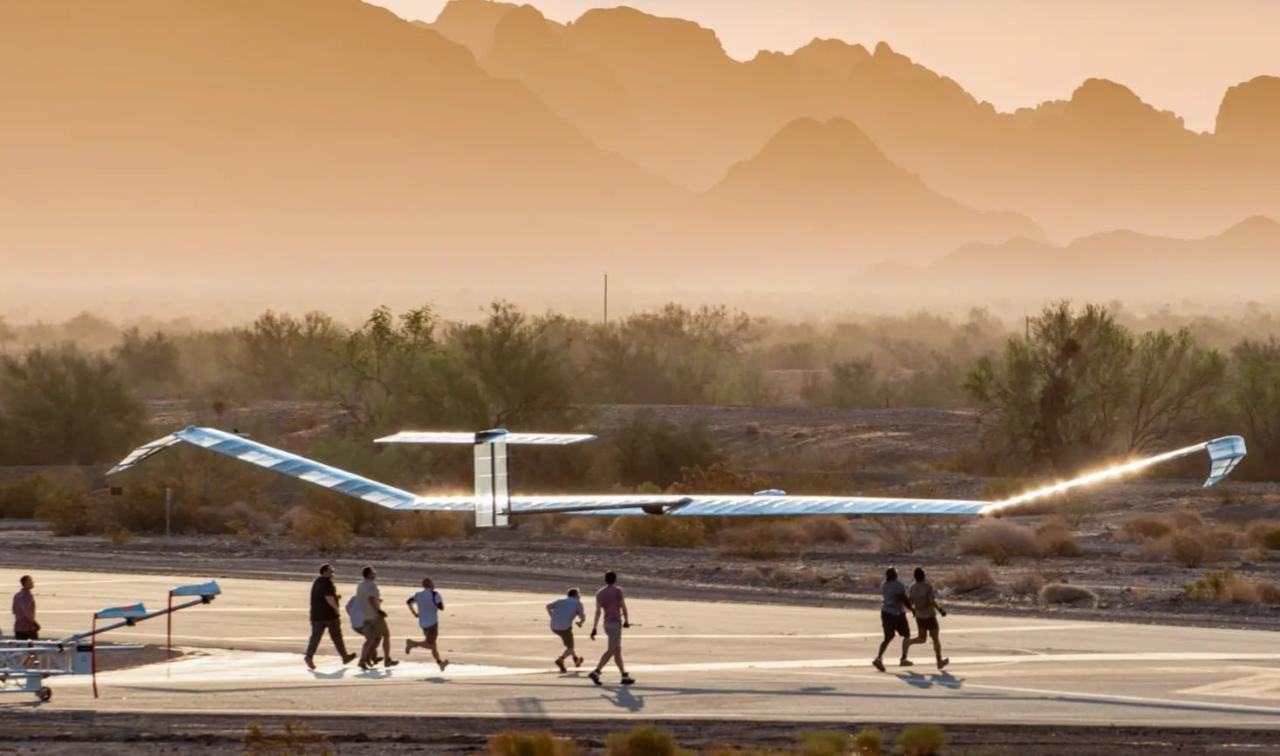
Several factors could have contributed to the drone crash. These include mechanical failures, human error, and environmental conditions. A comprehensive analysis of each factor is essential to determine the most probable cause.
Potential mechanical failures could involve issues with the drone’s motors, propellers, or flight control system. For example, a sudden motor failure during flight could lead to an uncontrolled descent. Human error, such as pilot negligence or malfunctioning controls, might have played a significant role. Perhaps the pilot lost control due to inexperience or a sudden malfunction of the remote control.
That drone crash in Paris really highlights the risks involved in drone operation, especially in densely populated areas. It makes you think about the level of planning and safety protocols needed for large-scale drone displays, like the amazing Niagara Falls drone show , which must have incredibly rigorous safety measures in place. Hopefully, incidents like the Paris crash will lead to even better safety standards across the board.
Environmental factors, such as strong winds or unexpected obstacles (birds, for example), could also have contributed to the incident. The possibility of a combination of these factors cannot be ruled out.
Impact and Consequences
The immediate impact of the drone crash included minor property damage and disruption to the surrounding area. The lack of serious injuries or fatalities was fortunate, highlighting the need for stringent safety regulations.
The broader implications of the incident involve public safety concerns and the need for improved drone regulations. The event could lead to stricter enforcement of existing rules and the implementation of new measures to prevent future accidents. Long-term consequences might include stricter licensing requirements for drone operators and the establishment of designated no-fly zones in sensitive areas of Paris.
That drone crash in Paris got everyone talking about safety regulations, right? It made me think about other similar incidents, like that spectacular, albeit disastrous, drone show crash I saw online – hundreds of drones, total chaos! The Paris incident, however, highlights the need for better emergency protocols, especially in densely populated areas.
Regulatory and Legal Aspects
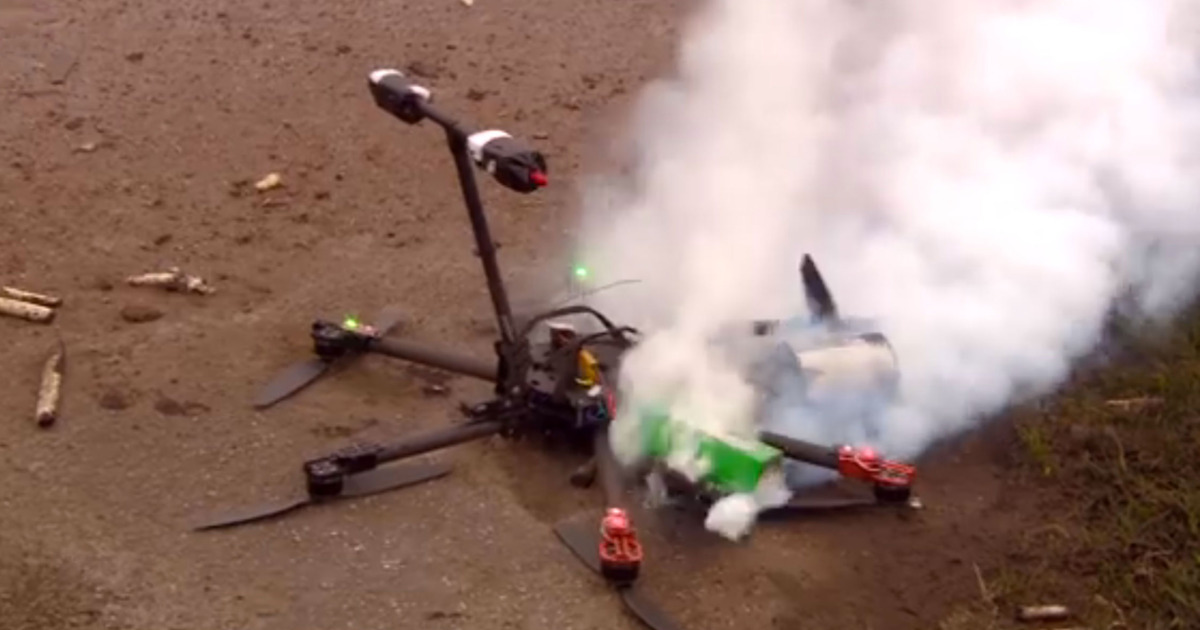
Drone operation in Paris is governed by specific regulations aimed at ensuring public safety and preventing accidents. These regulations Artikel permitted flight zones, operational limits, and licensing requirements. The drone operator’s adherence to these regulations is crucial in determining legal responsibility.
- Violation of airspace restrictions.
- Lack of proper licensing or certification.
- Negligence leading to property damage.
- Potential for criminal charges depending on the severity of the consequences.
A hypothetical legal case scenario could involve a lawsuit against the drone operator for negligence, resulting in property damage claims and potential fines. The existing legal framework’s effectiveness in preventing such incidents will be scrutinized, leading to potential revisions and enhancements to existing laws.
Public Reaction and Media Coverage
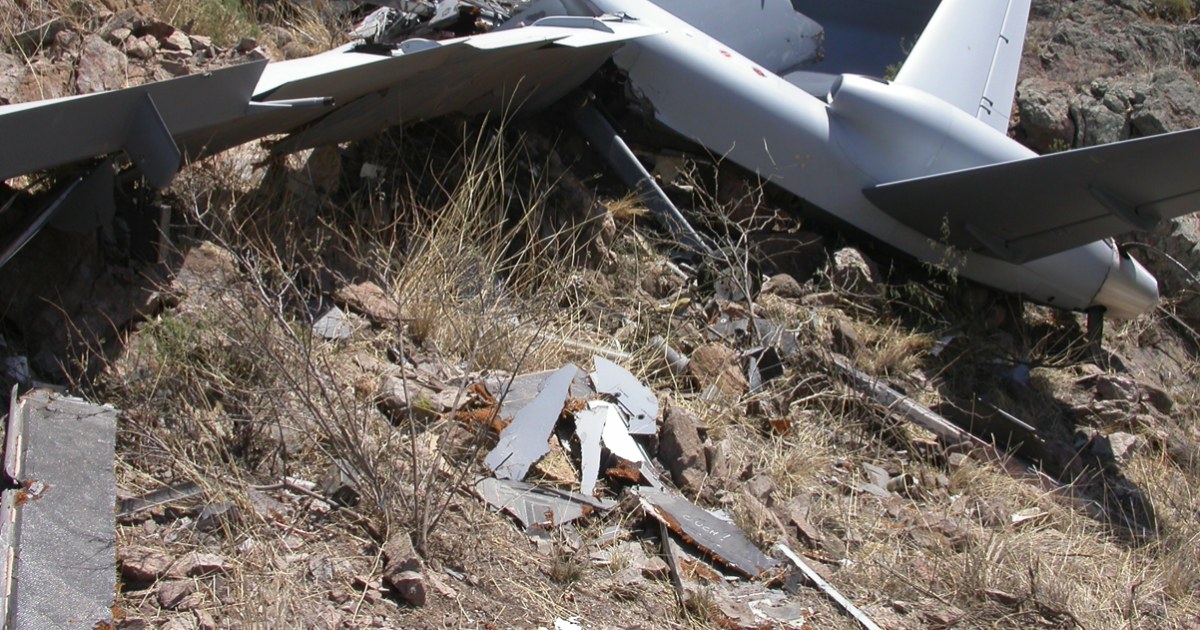
The public reaction to the drone crash was a mix of concern, curiosity, and debate. Media coverage ranged from factual reporting to sensationalized accounts, influencing public perception of drone safety.
Social media played a significant role in disseminating information and shaping public opinion. Many individuals shared videos and images of the incident, contributing to rapid dissemination of information and diverse opinions. A visual representation of the public sentiment might show a predominantly concerned public, with a mix of anger and frustration regarding the lack of regulations and safety measures, represented by dark and muted tones, perhaps with images of the damaged property and news headlines overlayed on a map of Paris.
Closing Notes: Drone Crash In Paris
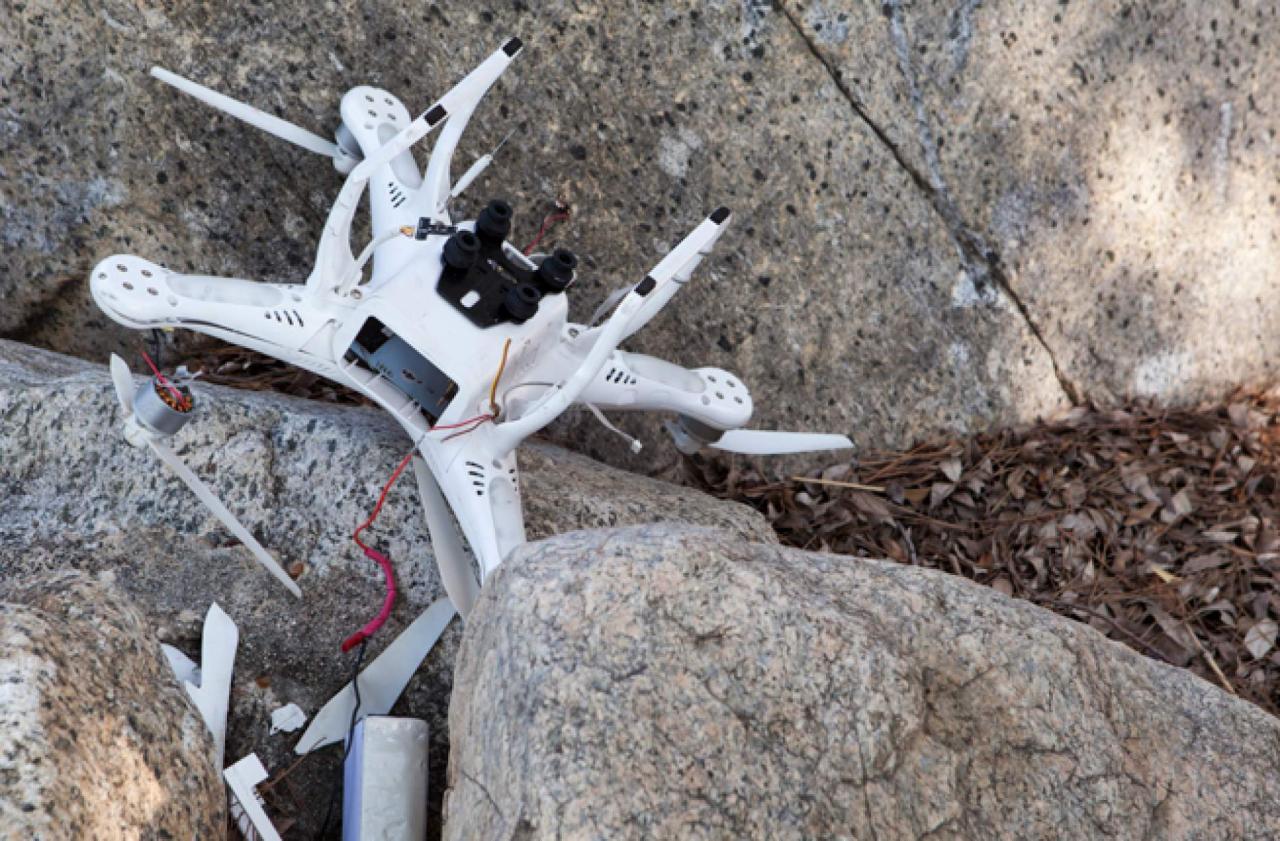
The drone crash in Paris serves as a stark reminder of the potential risks associated with unmanned aerial vehicles, even in a city as well-prepared as Paris. Understanding the contributing factors – from technological malfunctions to human error and regulatory gaps – is crucial for preventing similar incidents in the future. This analysis highlights the need for ongoing vigilance, robust safety protocols, and adaptable regulations to ensure the safe integration of drones into our increasingly complex urban landscapes.
The lessons learned from this event are vital for the responsible advancement of drone technology worldwide.
FAQ Compilation
What type of damage did the drone cause?
The extent of the damage will vary depending on the specific incident. It could range from minor property damage to significant injury or even fatalities, and could also include damage to infrastructure.
Who is responsible for a drone crash?
Responsibility depends on the cause. If it’s a mechanical failure, the manufacturer might bear some responsibility. If it’s pilot error, the operator is liable. Insurance coverage also plays a significant role.
That drone crash in Paris really highlights the need for reliable tech, right? To avoid similar incidents, maybe consider exploring higher-quality drones like those from sky elements drones , known for their stability and safety features. Hopefully, improved drone technology can prevent future Paris drone crashes.
What are the penalties for illegal drone operation in Paris?
Penalties vary depending on the severity of the violation and local laws. They can range from fines to imprisonment.
How common are drone crashes in Paris?
Precise statistics are difficult to obtain, but drone crashes, while relatively infrequent compared to other types of accidents, are a growing concern as drone usage increases.
